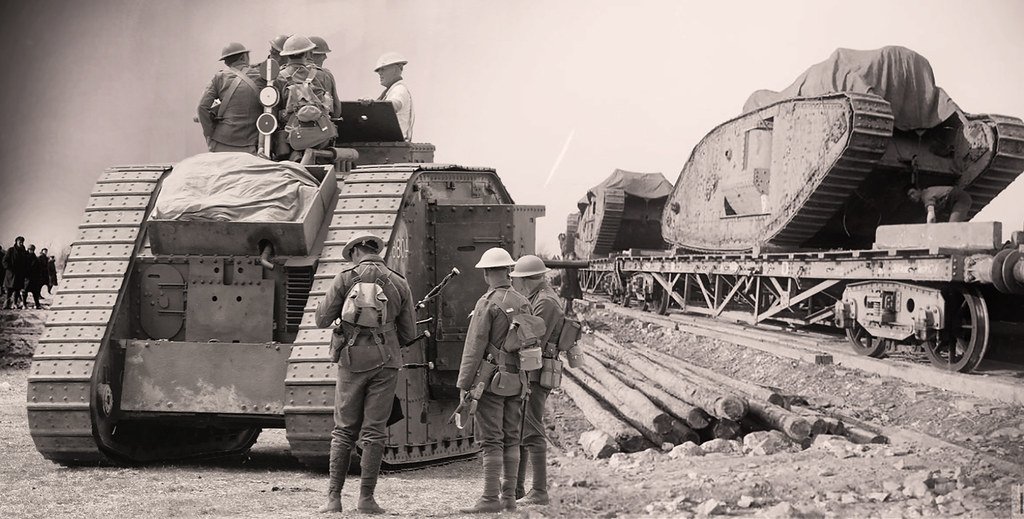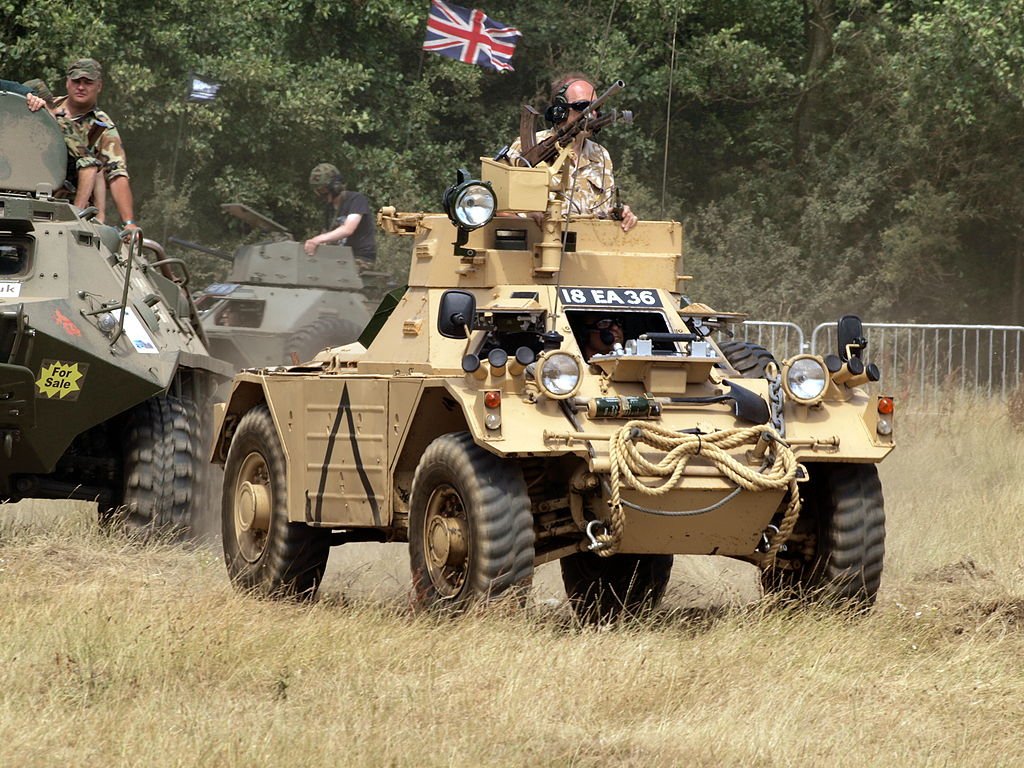Throughout history, the art of warfare has witnessed countless strategies and innovations, some of which can only be described as truly bizarre. In the context of siege warfare, where armies attempted to breach fortified strongholds or hold out against attackers, creativity often knew no bounds. In this blog, we take a captivating journey through time to explore ten peculiar siege weapons and tactics that have left their mark on the annals of military history. From flaming war pigs to Trojan Horses and beyond, these extraordinary approaches to warfare showcase the ingenuity and sometimes eccentricity of commanders faced with the challenges of siege warfare.
Table of Contents
Who Invented Siege Weapons?
The invention of siege weapons marked a pivotal moment in the history of war. These formidable machines have roots that stretch far back into antiquity. The Greeks, renowned for their innovative thinking, contributed significantly to the early development of siege engines, crafting formidable devices such as battering rams and torsion-powered catapults.

The Romans, in their relentless pursuit of military prowess, further refined these technologies. Meanwhile, the Chinese employed their siege inventions, including trebuchets and fire oxen. In medieval Europe, with its proliferation of castles and fortifications, siege weaponry reached new heights of sophistication, driven by the pressing need to conquer or defend these strongholds. Over time, these inventions became a testament to humanity’s unyielding quest for dominance in the theater of war.
Why Were Siege Weapons Made?
- Siege weapons had a singular, crucial purpose: breaching the imposing fortifications protecting castles, city walls, and citadels.
- These structures presented formidable barriers that often seemed impervious to traditional forms of attack, necessitating the creation of siege weapons.
- Siege weapons were developed to address the challenges posed by prolonged sieges, which were a prevalent strategy in historical warfare.
- These ingenious mechanical devices served as the forefront of assaults, tirelessly pounding away at fortress walls.
- They played a vital role in weakening the defenders’ resolve and creating vulnerabilities that could be exploited.
- In essence, siege weapons were the architects of conquest, reshaping history through innovation and strategic mastery.
- Their design and construction were a testament to human ingenuity and determination in the relentless pursuit of capturing enemy-held territories.
What Was the Best Siege Weapon Ever Used?
Certainly, selecting the “best” siege weapon is subjective due to the various factors influencing their effectiveness. Here’s an explanation of why different siege weapons excelled in their own ways:
1. Trebuchets
Effectiveness
Trebuchets were known for their immense range and power. They could hurl heavy projectiles over castle walls, causing significant damage.
Versatility
Trebuchets could launch a variety of projectiles, including large rocks, burning objects, and even infected animal carcasses, making them adaptable to different situations.
2. Battering Rams
Physical Destruction
Battering rams were highly effective at physically breaking down fortified walls and gates. Their purpose was straightforward but crucial in siege warfare.
Direct Approach
They allowed for a direct, forceful assault on fortifications, often forcing defenders to respond urgently.
3. Catapults
Versatility
Catapults were renowned for their versatility, capable of launching various projectiles. This adaptability allowed them to respond to changing tactical needs.
Psychological Warfare
The use of projectiles like diseased animal carcasses aimed at spreading disease and demoralizing defenders, highlighting the psychological aspect of siege warfare.
4. Trojan Horse (Deception)
Unparalleled Deception
The Trojan Horse was not a weapon in the traditional sense but exemplified unparalleled deception. It exploited the trust of the defenders, leading to the unexpected fall of Troy.

Strategic Surprise
It showcased how clever tactics and subterfuge could breach heavily fortified walls by infiltrating from within.
Ultimately, the “best” siege weapon depended on the specific circumstances of the siege, the nature of the target, and the strategic creativity of the commanders. Trebuchets, battering rams, catapults, and even the Trojan Horse each played a unique role in siege warfare, demonstrating the diverse approaches taken to overcome formidable defenses.
Now, let’s delve into the world of bizarre siege weapons and tactics from history.
Sieges have been a prominent part of warfare throughout history, with armies using various weapons and tactics to breach or defend fortifications. While many sieges followed conventional strategies, some commanders resorted to unconventional and bizarre methods. In this blog, we delve into the fascinating world of siege warfare and explore ten weird siege weapons and tactics from history. These ingenious and at times eccentric, approaches to warfare highlight the inventiveness of military commanders throughout the ages.
In this blog, we take a captivating journey through time to explore ten peculiar siege weapons and tactics that have left their mark on the annals of military history. From flaming war pigs to Trojan Horses and beyond, these extraordinary approaches to warfare showcase the ingenuity and sometimes eccentricity of commanders faced with the challenges of siege warfare.
1. War Pigs and Fire Pots
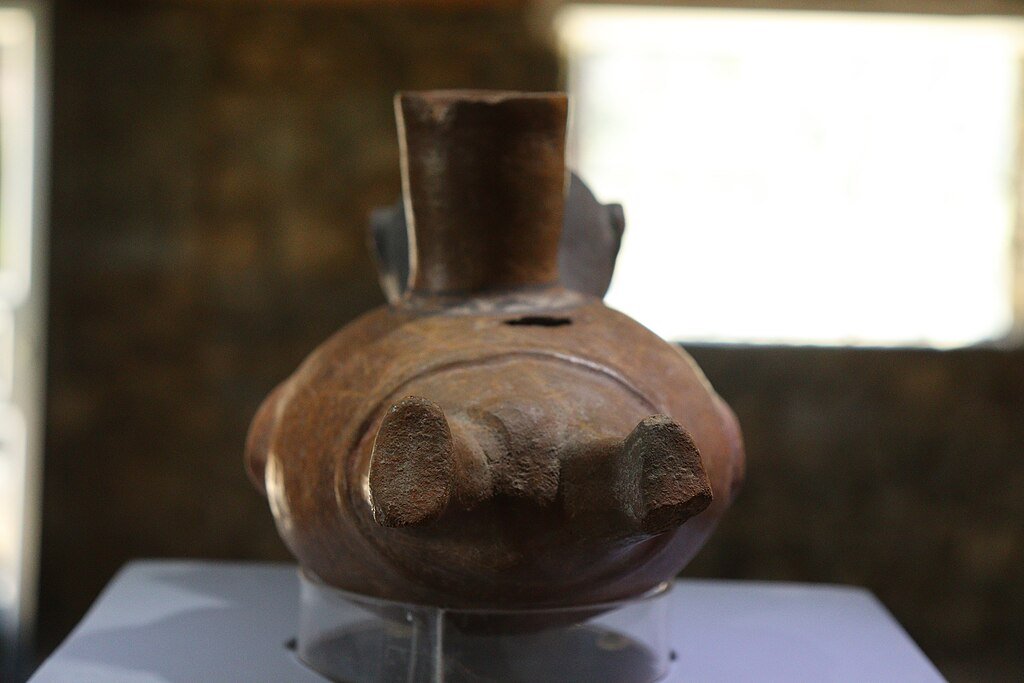
In the annals of ancient warfare, the unconventional deployment of animals as weapons stands out as a testament to human creativity and resourcefulness. While horses and elephants were well-established combatants, armies occasionally turned to more unconventional options, such as war pigs. During the infamous Siege of Megara in 266 BC, the Romans hatched a peculiar plan. They unleashed a group of frenzied, squealing pigs, each adorned with a flaming torch, right into the heart of the enemy’s ranks. The result was sheer pandemonium, as the terrified pigs charged toward the foe, inadvertently igniting their tents and supplies in a bizarre yet surprisingly effective siege tactic.
2. Battering Rams and the Trojan Horse
The use of battering rams, designed to break through fortified gates and walls, was a common siege tactic throughout history. However, the Trojan Horse was a legendary example of tactical deception. The ingenious ploy involved the Greeks constructing a massive wooden horse, concealing elite soldiers within its hollow belly. Presented as a gift, the unsuspecting Trojans brought the horse into their city, assuming victory or a truce. Yet, under the cover of night, Greek soldiers emerged from their concealed chamber, launching a surprise attack that sealed the fate of Troy. This stratagem highlighted the power of deception in siege warfare, forever etched in history.

3. Trebuchets and Foul Projectiles
Trebuchets, with their tremendous throwing power, were already formidable siege weapons in their own right. However, some commanders in history took things to an even more gruesome level. A notable instance occurred during the Siege of Caffa in 1346 when the Mongols devised a macabre tactic. They catapulted the infected corpses of plague victims over the city walls. This horrific act not only aimed to strike terror into the hearts of the defenders but also had a devastating consequence—During the spread of the Black Death among the besieged, highlighting the lengths to which siege warfare could go in pursuit of victory.
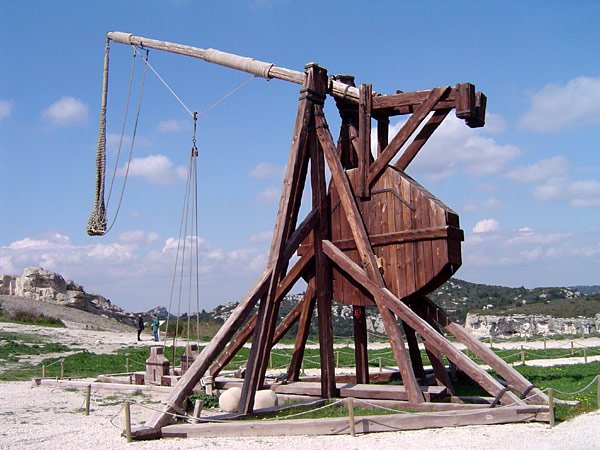
4. War Elephants and Castle-Shaking Chickens
War elephants, a formidable presence in ancient and medieval warfare, were often used as living tanks to break enemy lines. However, one particularly unconventional tactic involved adding a bizarre twist to these battles by affixing large, noisy, and agitated birds, such as chickens, to the backs of these colossal beasts. The clucking and flapping of these birds weren’t just an amusing sight but were intended to spook the enemy’s war elephants. This unexpected chaos disrupted the opposing ranks, highlighting the quirky yet effective nature of psychological warfare in ancient times.
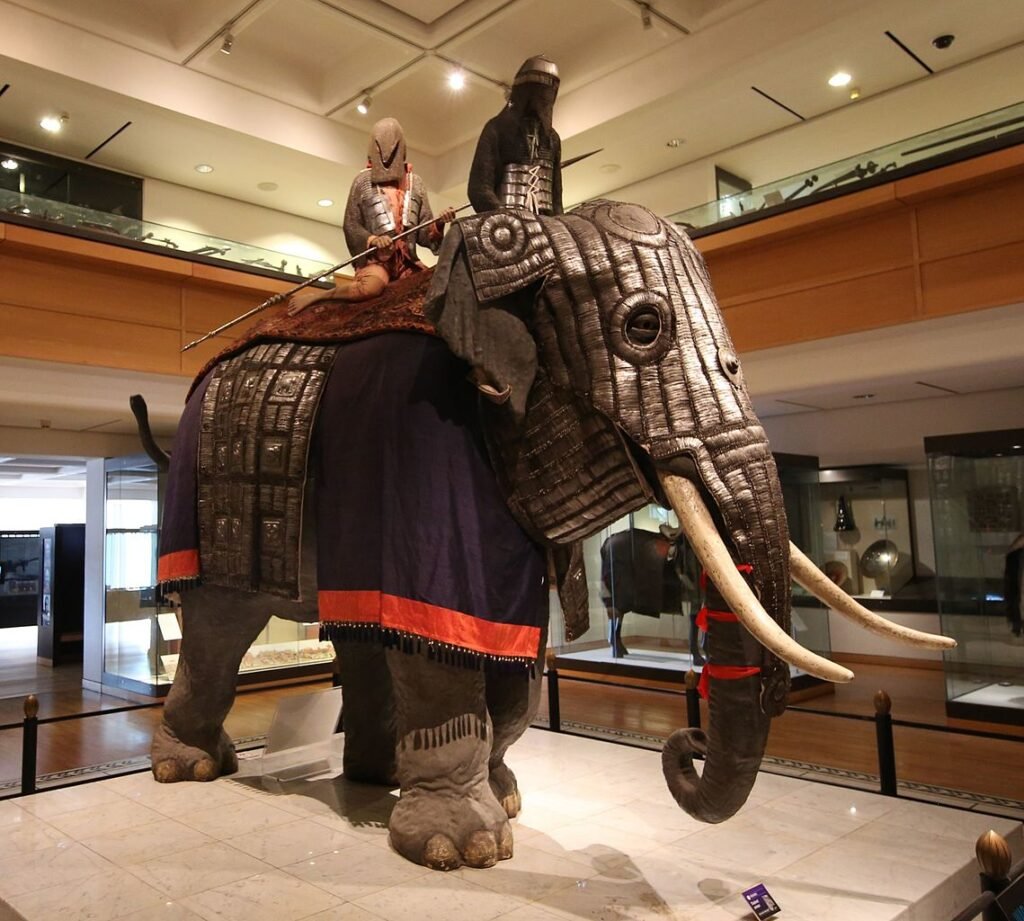
5. Hot Tar and Fire Oxen
In the 9th century, Chinese military strategist Zhuge Liang introduced a truly extraordinary tactic known as “fire oxen.” These were oxen adorned with straw and wood, set ablaze, and then fearlessly driven toward the enemy lines. The sheer audacity of this method aimed to incite panic and chaos among the opposing troops by unleashing a nightmarish vision of flaming, stampeding animals. The cacophony, the flames, and the sheer unpredictability of such an assault made it a unique and memorable spectacle in the annals of military history, illustrating the lengths to which commanders would go to secure victory in siege warfare.

6. Catapulting Corpses and Psychological Warfare
During the Middle Ages, siege warfare took on a macabre twist as some besieging armies resorted to catapulting diseased corpses into cities held by their enemies. This chilling tactic served a dual purpose. Firstly, it spread deadly diseases among the city’s defenders, causing sickness and weakening their resolve. Secondly, it played on the psychological aspect of warfare, instilling fear and dread in the hearts of the besieged. The grotesque sight of infected corpses raining down upon them often pushed defenders to the brink, making surrender a more appealing option in the face of the gruesome onslaught.

7. The Siege of Stirling Castle: Unconventional Laddering
During the Siege of Stirling Castle in 1304, the English found themselves facing a formidable challenge—a heavily fortified castle perched atop a rocky hill. To overcome this obstacle, they devised an ingenious yet unconventional tactic. The English engineers constructed tall wooden ladders that were used to scale the steep cliffs surrounding the castle. This audacious approach caught the Scottish defenders completely off guard, as they had not anticipated such an unorthodox strategy. The surprise element played a pivotal role in the English victory, allowing them to breach the seemingly impregnable fortress and claim their triumph.

8. The Great Emu War: Bullets vs. Birds
In 1932, Australia became an unlikely battleground in what is now famously known as the “Great Emu War.” In a peculiar turn of events, farmers in Western Australia faced an emu infestation that was decimating their crops. Desperate for a solution, they sought military assistance. The military, armed with machine guns, entered the fray, expecting a straightforward victory. However, they quickly realized that the agile and elusive emus were formidable opponents. Despite their firepower, the soldiers found it challenging to hit these swift birds, turning the campaign into a bizarre and ultimately ineffective chapter in military history.
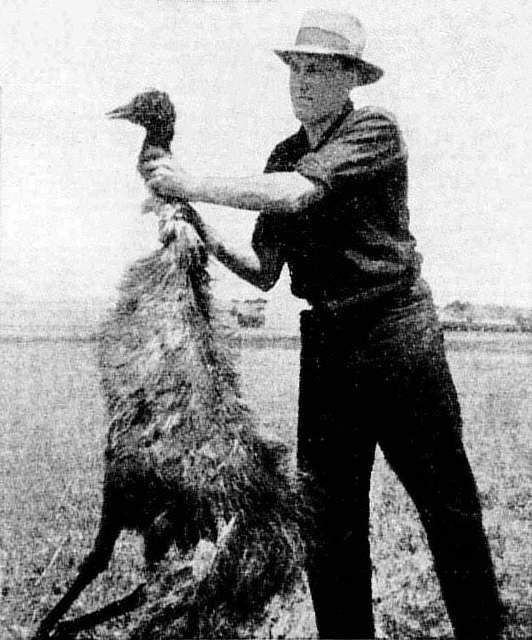
9. Siege of Orleans: The Chicken of War
During the Hundred Years’ War, the English sought inventive means to breach the formidable walls of Orleans. Their unorthodox solution was the “chicken of war” – large barrels reinforced to withstand impact and filled with a combustible mix. The audacious plan was to roll these explosive-laden barrels toward the city walls and then ignite them, causing a catastrophic explosion. However, in the chaos of warfare, these barrels frequently strayed off course or were intercepted by the vigilant defenders, underscoring the unpredictability that often defined siege warfare.
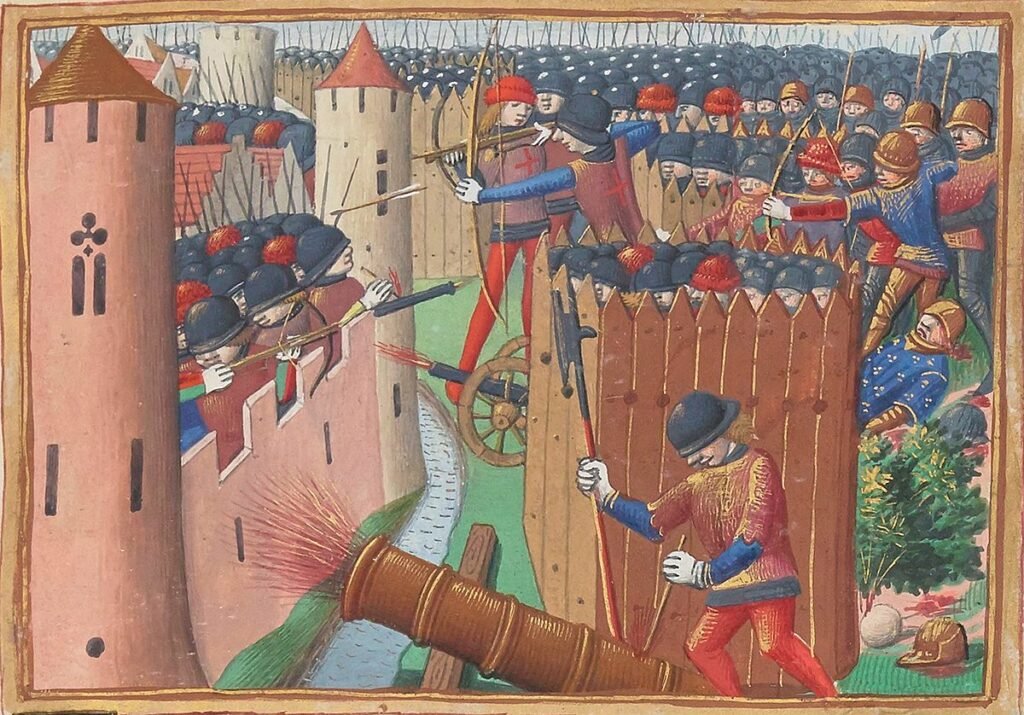
10. The Siege of Tyre: The Island Fortress
In 332 BC, during his relentless conquests, Alexander the Great confronted the formidable island fortress of Tyre. This maritime stronghold appeared virtually impregnable, surrounded by formidable walls and separated from the mainland by the sea. Undeterred by the daunting challenge, Alexander exhibited his audacious military genius. He ordered his resourceful engineers to embark on an extraordinary endeavor. Using the rubble and debris from the razed mainland city, they began constructing a massive causeway—a bridge of sorts—connecting the mainland to the island. This astonishing engineering feat astounded observers and ultimately allowed Alexander’s forces to breach the island’s formidable defenses. This strategic triumph marked the eventual conquest of Tyre, a testament to Alexander’s unwavering determination and innovative tactics.

The history of siege warfare is rife with remarkable ingenuity, bizarre tactics, and unexpected twists. From fire pigs to Trojan Horses and beyond, these ten examples remind us that military commanders throughout history have pushed the boundaries of creativity to overcome the challenges posed by fortified defenses. Siege warfare, with its unusual and inventive strategies, continues to captivate our imagination, revealing the depths of human ingenuity in the face of adversity.




